The ultimate guide to Russian handicrafts: From Matryoshka dolls to Gzhel

Handicrafts are among the most popular souvenirs à la russe that tourists buy when in Russia. Zhostovo paintings, Matryoshka dolls, Vologda lace, Gzhel, and many others examples of folk art with long, distinguished histories are the perfect presents for friends and family – forget vodka and fur hats! Russia Beyond highlights some of the most interesting handicrafts we’ve featured over the last 10 years.
Matryoshkas
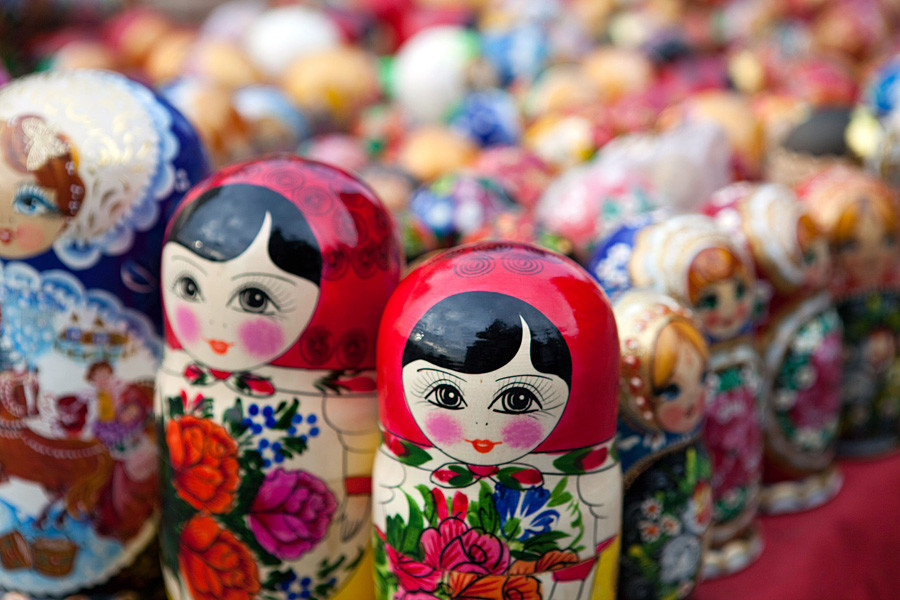
Russian nesting dolls or Matryoshkas are among the most well-known symbols of the country and a favorite souvenir for tourists and even Hollywood stars. You may be surprised to learn that the craft is only a century or so old – it feels like it has been around since the prehistoric times. Find out other facts about the dolls and watch a video of an artist at work, and read our report about the Dmitriev family from Sergiyev Posad who are preserving the tradition of painting Russian dolls.
Palekh lacquer miniature
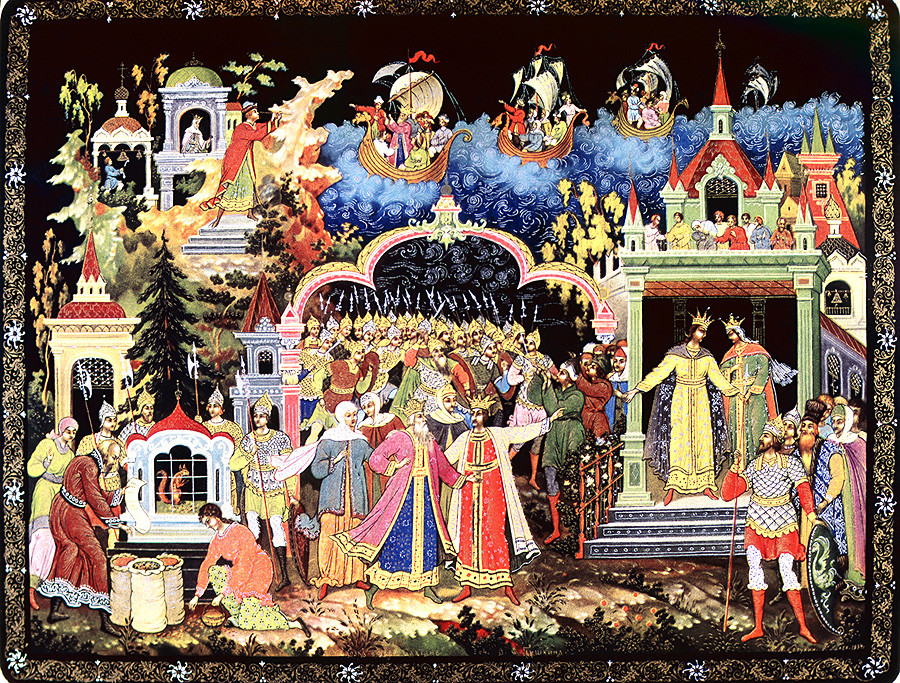
The Palekh miniature is a folk art that developed in the village of Palekh in the Ivanovo Region. The style of painting springs from the traditions of the ancient Suzdal and Moscow schools of icon painting (15th to 16th centuries).
Beginning in the 1920s, Palekh artists began decorating boxes, brooches, powder cases, spectacles cases, and ashtrays. The motifs for these miniatures were typically taken from everyday life, classic works of literature, fairy tales, folk poems, and songs. The works even won prizes at the World Expo in Paris in 1923.
Today, every tenth resident of Palekh is a graduate of the Palekh Art School. Here’s our video from the village and school. You can also take a look at our gallery showcasing the art, and another video report about contemporary Palekh icon painting.
Khokhloma

Khokhloma painting on wooden objects is pretty famous and it has certainly put the city of Nizhny Novgorod on the map. Did you know that Khokhloma and Matryoshka dolls have the same roots? Previously, they were all made by one association but in 1928 Khokhloma painting broke away and began to focus purely on tableware and furniture. Check out stories and a video about Khokhloma here, and these patterns are definitely worth a look!
Gorodets painting
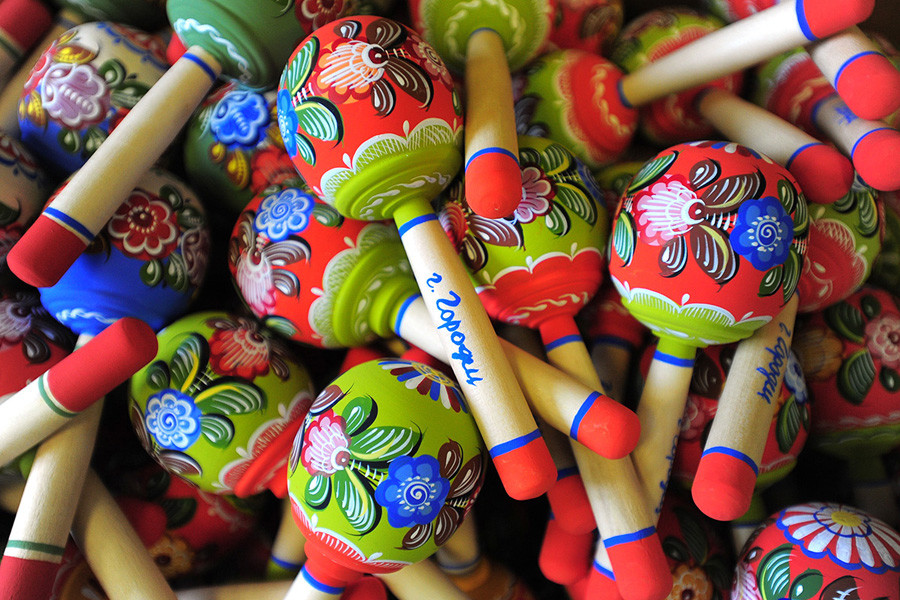
Gorodets painting is a phenomenon of so-called naive art. It sprang from carved distaffs manufactured in villages near the town of Gorodets in the Nizhni Novgorod Region.
Kazakovo filigree metalwork
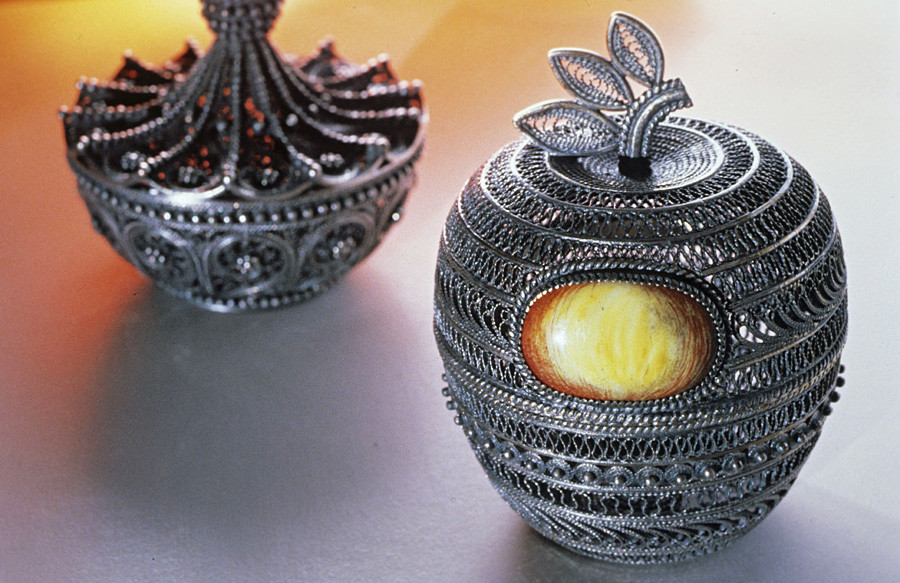
Craftsmen from the village of
Vintage USSR style
Gzhel
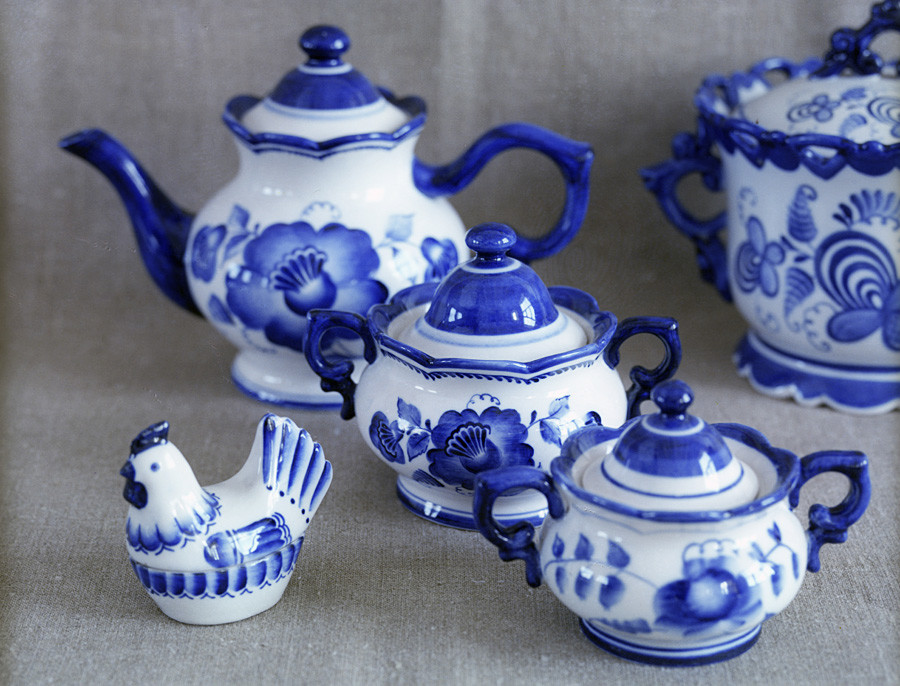
The famous blue and white Gzhel ceramics are among the most beloved souvenirs from Russia. Handmade and handpainted in a small town outside Moscow, each piece produced by local craftsmen is unique.
Gzhel (57 km southeast of Moscow) has long been known for its outstanding clay, so it’s no surprise that local potters were Russia's pioneers in producing porcelain. Beginning in the early 19th century Gzhel artisans began producing tableware and sculptures featuring the trademark blue painting on white background. Read about the history and modern life of Gzhel ceramics here and see how Gzhel inspires fashion designers.
Pavlovsky Posad shawls
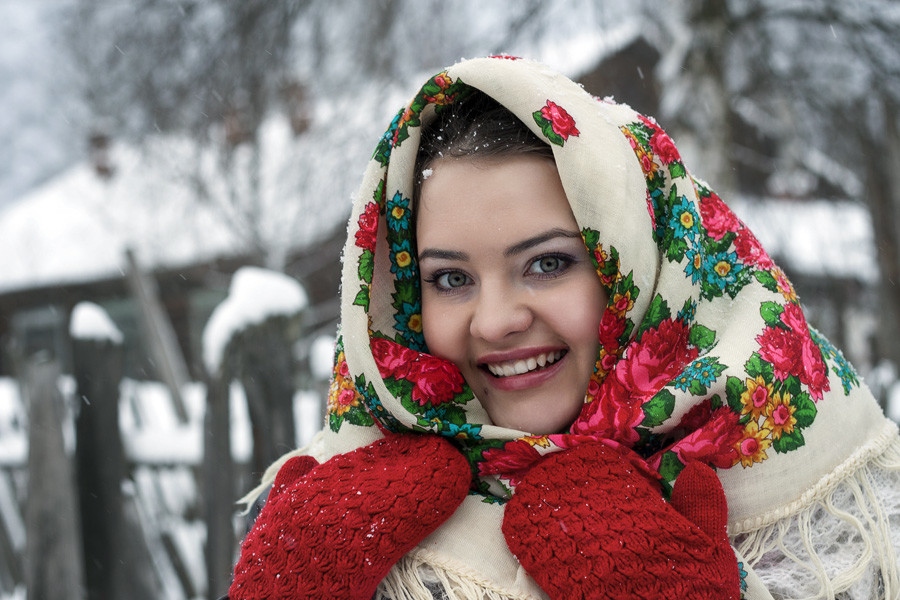
With its natural texture and traditional, colorful patterns, the Pavlovsky Posad shawl boasts 200 years of history and remains in vogue. Why do young girls in Moscow still wear such shawls? We asked some!
We also visited the Shawl Museum in Pavlovsky Posad and were given a special tour of the town’s shawl factory.
Orenburg shawls
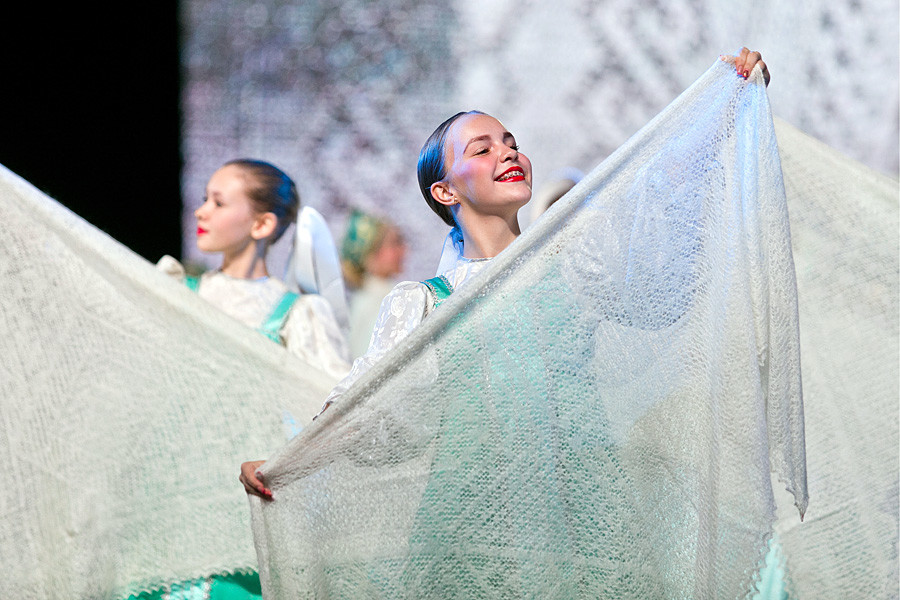
Zhostovo painting
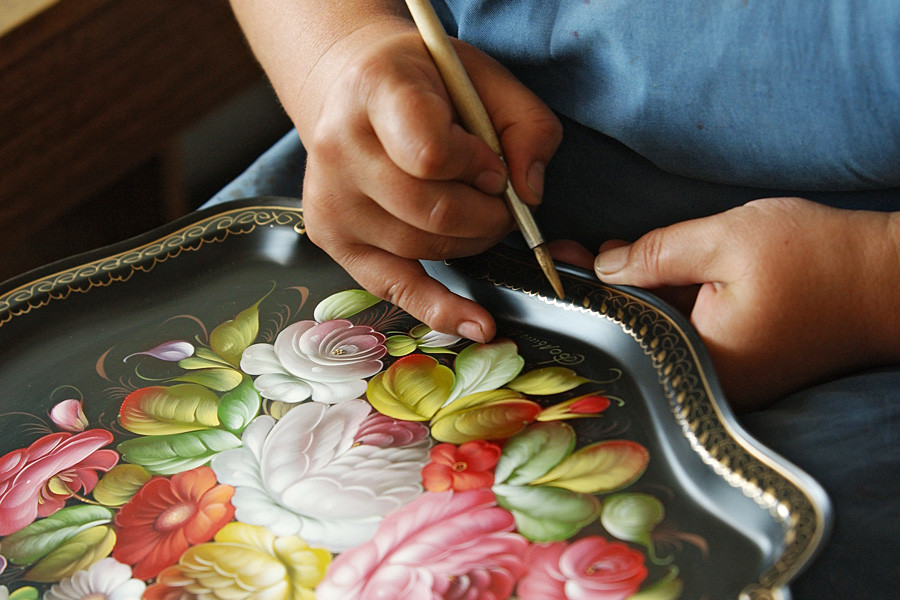
Kasli casting

Rostov finift
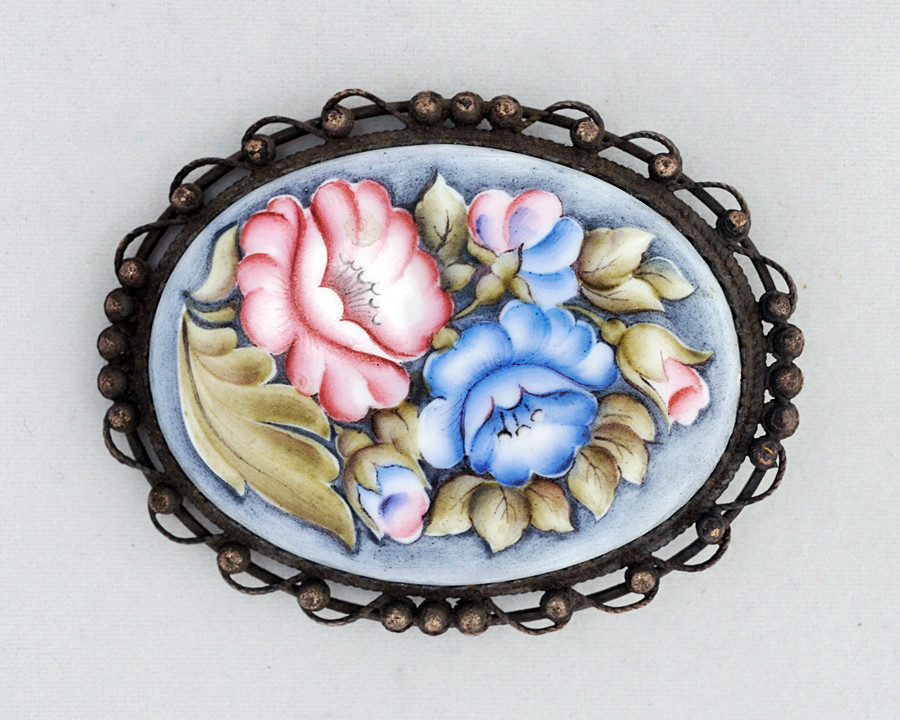
Vologda lace
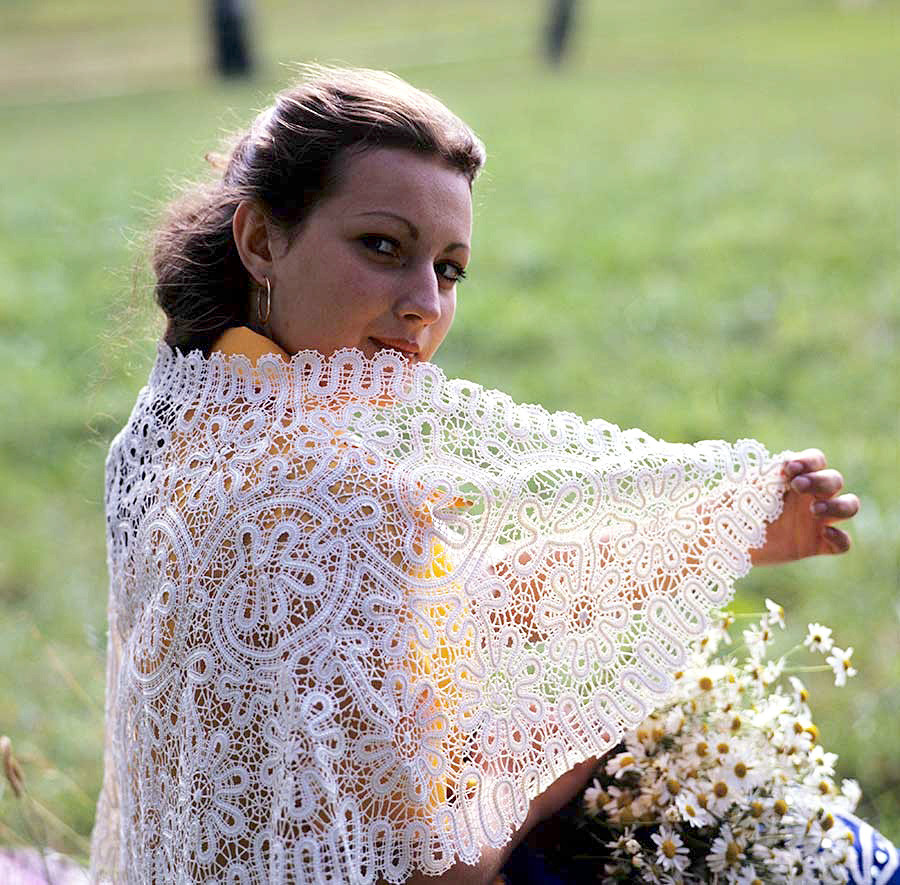
Lace from Vologda has a much longer history than the Sicilian lace Dolce & Gabbana
Dymka toys
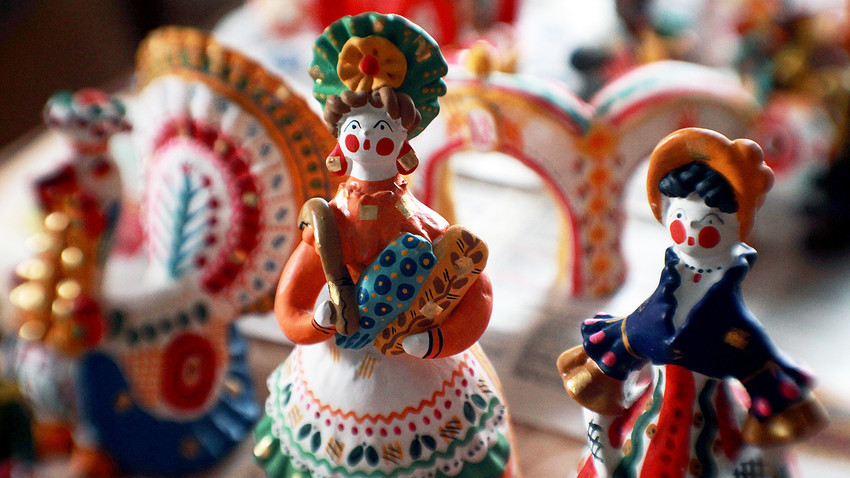
Dymka toys are truly unique. Each has its own subject and design. The toys are one of the oldest crafts in Russia, born in the Kirov Region in the village of Dymkovo more than 400 years ago. To this day, the toy masters safeguard their traditions – but some secrets have been revealed here!
P.S. This is an extended guide to the most popular topics about Russia. We are constantly working on new material, and this page will regularly be updated with new entries and information.
If using any of Russia Beyond's content, partly or in full, always provide an active hyperlink to the original material.
Subscribe
to our newsletter!
Get the week's best stories straight to your inbox